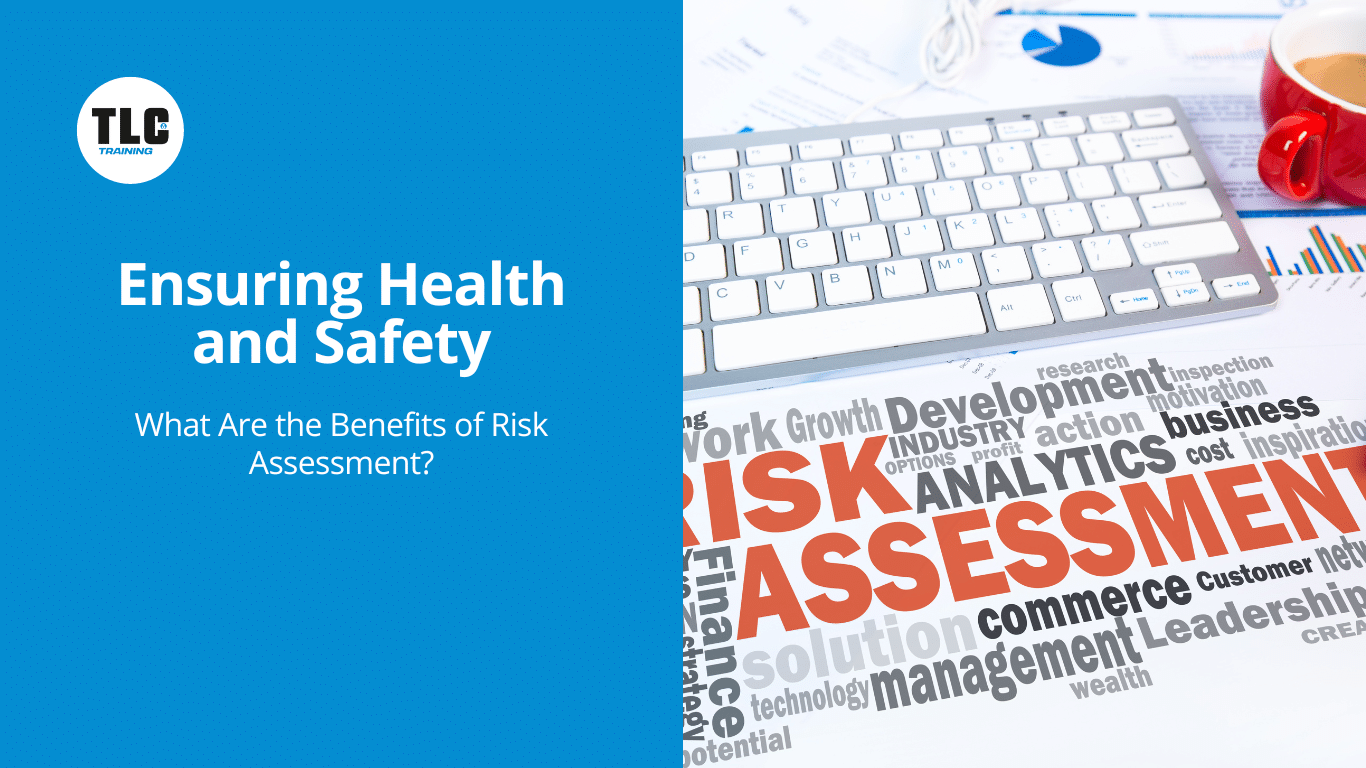Risk assessment is a critical component of any business or project planning process. It involves identifying potential hazards, evaluating their potential impact, and developing strategies to mitigate these risks. But when should a risk assessment be carried out? This question often arises among business owners, project managers, and safety professionals. The answer is not as straightforward as one might think because risk assessments should be conducted at various stages of a project or business operation.
Understanding Risk Assessment
Before delving into when to conduct a risk assessment, it’s essential to understand what it entails. A risk assessment is a systematic process that identifies potential hazards in the workplace or within a project and evaluates the likelihood of their occurrence. It involves determining the level of risk associated with each hazard and prioritising them based on their potential impact.
The primary goal of conducting a risk assessment is to reduce the likelihood of accidents, injuries, financial losses, and other adverse outcomes. It helps businesses establish effective safety measures and contingency plans to manage identified risks.
When Should You Conduct A Risk Assessment?
1. During the Planning Phase
The best time to carry out a risk assessment is during the planning phase of any project or business operation. This allows you to identify potential risks before they occur and develop strategies to mitigate them effectively. By integrating risk management into your planning process, you can ensure that all aspects of your operations are designed with safety in mind.
2. When Changes Occur
Another crucial time for conducting a risk assessment is when there are significant changes in your operations or projects. These changes could include introducing new equipment or procedures, altering work processes, relocating premises, or changing personnel roles.
Each change brings about new risks that need to be assessed and managed appropriately. For instance, introducing new machinery may pose physical hazards that were not present before. Similarly, altering work processes may introduce new operational risks that need to be addressed.
3. After an Incident
If an accident or near-miss occurs, it’s vital to conduct a risk assessment to identify the root cause and prevent similar incidents in the future. This process involves analysing the incident, identifying what went wrong, and developing strategies to prevent recurrence.
4. Regularly Throughout Operations
Risk assessments should not be a one-off activity but rather an ongoing process. Regular risk assessments allow you to monitor changes in your operational environment and ensure that your risk management strategies remain effective.
The frequency of these assessments will depend on various factors such as the nature of your operations, the level of risk involved, and any regulatory requirements. However, as a general rule, it’s advisable to conduct a risk assessment at least once a year.
The Importance of Timely Risk Assessments
Timely risk assessments are crucial for maintaining a safe and efficient working environment. They help you anticipate potential hazards and develop effective strategies to mitigate them. By conducting risk assessments at key stages of your operations or projects – during planning, when changes occur, after incidents, and regularly throughout operations – you can significantly reduce the likelihood of adverse outcomes.
Remember that conducting a risk assessment is not just about ticking boxes for compliance purposes; it’s about creating a culture of safety within your organisation. By integrating risk management into your everyday operations, you can ensure that safety becomes everyone’s responsibility – from top management down to every employee.
In conclusion, there is no specific time when a risk assessment should be carried out; instead, it should be an integral part of your business operations at all stages. It is also essential to remember that the effectiveness of any risk assessment lies not only in its execution but also in how its findings are implemented and monitored over time.
